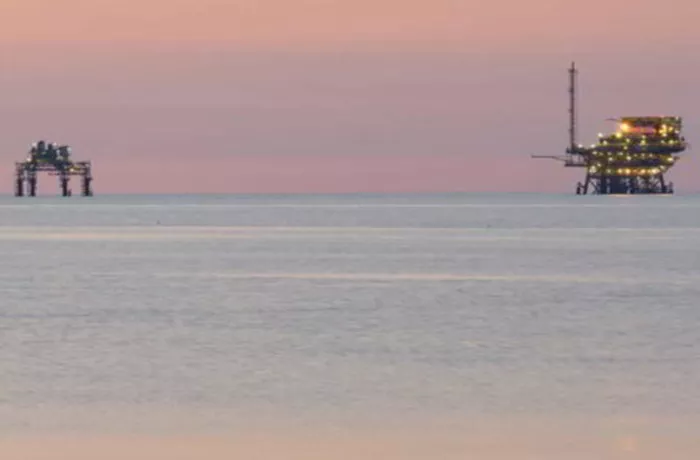Rome, Italy — Italy’s inaugural carbon capture and storage (CCS) project has commenced with its first injection of CO2, marking a significant milestone in the country’s efforts to decarbonize its industrial sector. The Ravenna CCS project, a collaborative initiative between energy giants Eni and Snam, aims to mitigate carbon emissions from the Emilia-Romagna region’s heavy industries.
The first phase of the Ravenna CCS project focuses on capturing, transporting, and storing CO2 emissions from Eni’s Casalborsetti natural gas treatment plant, located in Ravenna. This phase targets the capture of approximately 25,000 tons of CO2 annually. The captured carbon dioxide is transported via repurposed gas pipelines to the offshore Porto Corsini Mare Ovest platform. There, it is injected and stored at a depth of 3,000 meters in the depleted Porto Corsini Mare Ovest gas field on the northern Adriatic continental shelf.
According to project reports, the Ravenna CCS initiative is already achieving impressive results, with a reduction in CO2 emissions from the Casalborsetti plant of over 90%, reaching peaks of 96%. This achievement positions Ravenna CCS as the world’s most efficient industrial-scale carbon capture project to date.
The project is also notable for its commitment to sustainability, as the facility operates entirely on electricity sourced from renewable energies, thereby avoiding additional CO2 emissions.
Eni’s CEO, Claudio Descalzi, highlighted the project’s significance: “A project of great importance for decarbonisation has become an industrial reality. CO2 capture and storage is now an effective, safe, and available practice for reducing emissions from energy-intensive industries that cannot be electrified. We are addressing the complexities of the energy transition with determination and expanding our solutions for decarbonising various industrial sectors.”
Stefano Venier, CEO of Snam, emphasized the strategic importance of the Ravenna CCS project in Snam’s broader plans. “Our involvement in the Ravenna CCS project aligns with Snam’s strategy to become a multimolecule operator, providing energy-intensive industries with viable decarbonisation pathways while maintaining their competitiveness. Our expertise in transporting and storing molecules, particularly in the Po Valley, underpins this commitment.”
The Ravenna CCS project is a 50-50 joint venture between Eni and Snam. Looking ahead, phase 2 of the project aims to expand storage capacity to up to 4 million tons of CO2 annually by 2030, in line with Italy’s Integrated National Energy and Climate Plan. Future plans include obtaining the necessary permits and collaborating with regulatory authorities and local stakeholders.
The total storage capacity of the Adriatic Sea’s depleted gas fields could potentially accommodate up to 16 million tons of CO2 annually, depending on market demand. In addition to current operations, Eni and Snam are investing in research and development for the potential future reuse of captured CO2.
Related topics:
- Neste’s New CEO Heikki Malinen to Lead Company into Next Phase of Growth
- “MAN Engines Unveils Powerful New 30-L Marine Engine at SMM 2024”
- “Dump Truck Market Shifts: The Rise of Wide-Bodied Vehicles and Changing Preferences”

